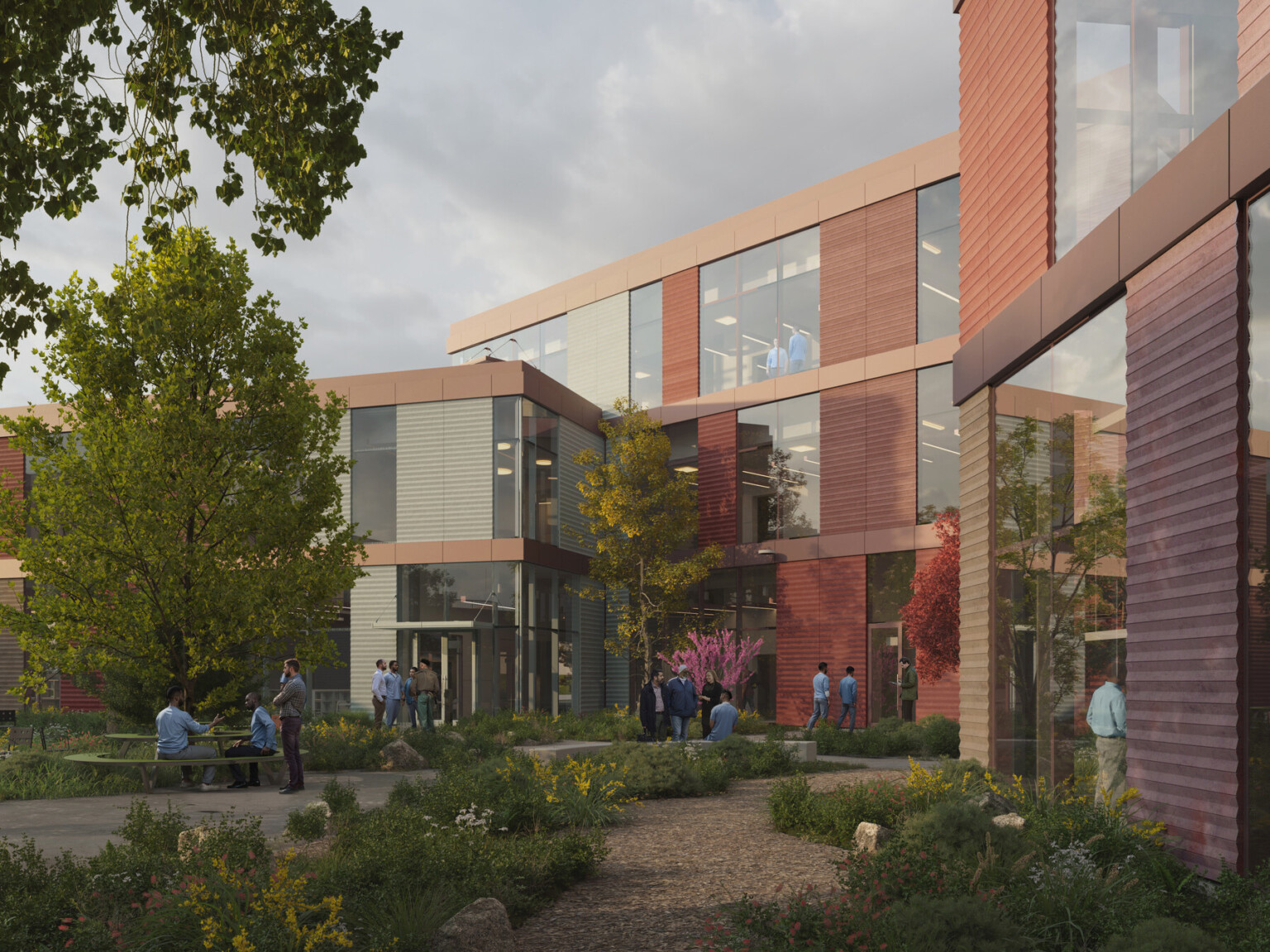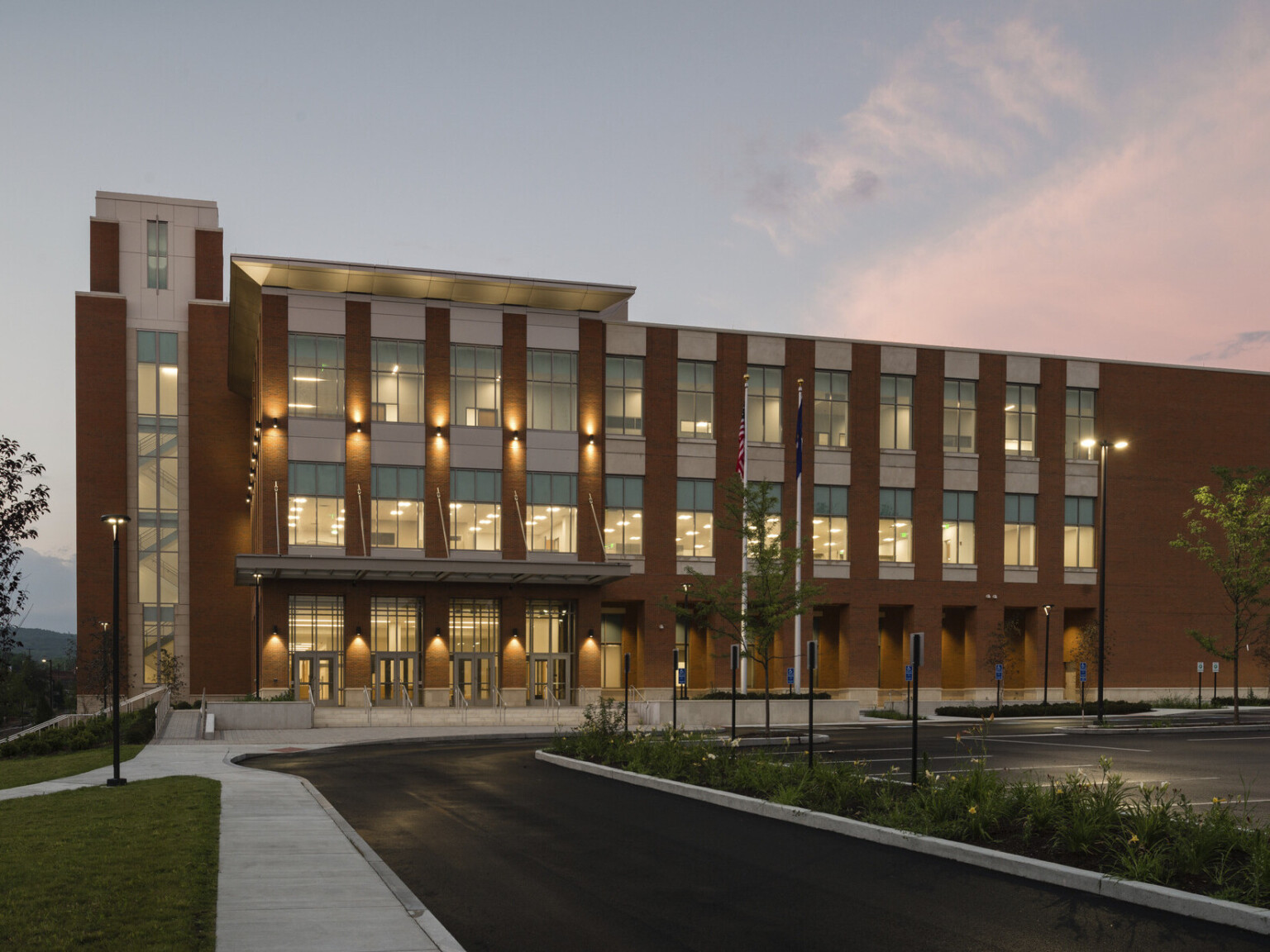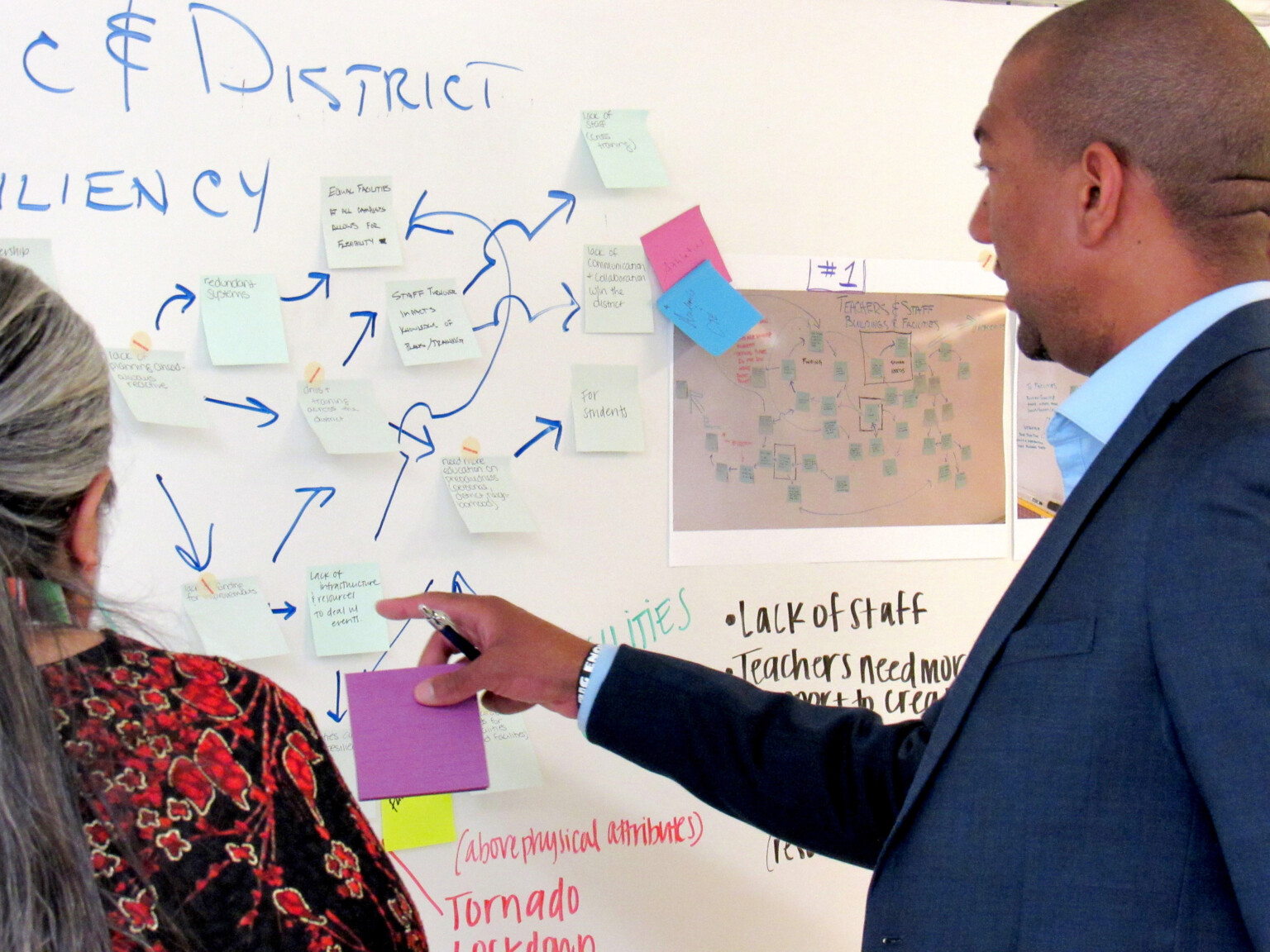
Educational Facilities Planning through an Equity Lens
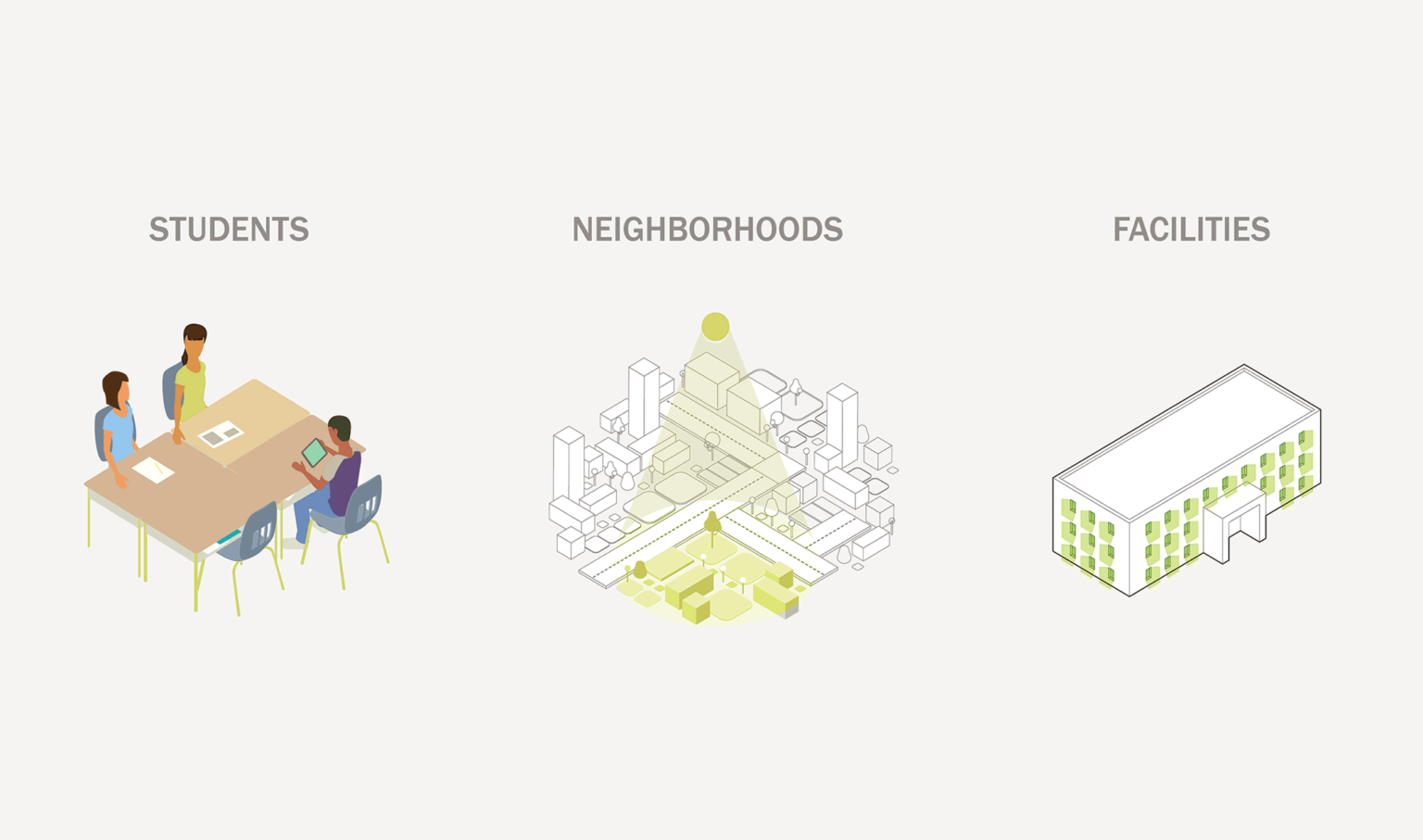
When we center students and neighborhoods in educational facilities planning, the outcomes not only prioritize facility needs but provide opportunities for historically marginalized students and invest in neighborhoods and communities that have been harmed by historic divestment. When we prioritize the students and neighborhoods most in need of investment, everyone benefits.
AUSTIN ISD CASE STUDY
This Time will be Different
A key component to our equity-based planning approach is community engagement. Our deliverable is a direct reflection of what districts and their communities envision for themselves.
Austin Independent School District, one of the largest school districts in Texas, was facing scrutiny from community members as it looked for support in its 2022 long-range plan. Like many cities across the United States, Austin has a history of racial segregation and systemic racism. Austin ISD leaders acknowledge their contribution to this system, citing past planning processes and school closures.
District leaders saw an opportunity to rebuild the community’s trust through an equity-based long-range plan which includes operational and facility planning to transform the district.
Austin ISD partnered with us to bring an equity-based approach and build back community trust. A key aspect of accomplishing this was a transparent data approach that centered community experiences. The GIS analysis of students, neighborhoods, and facilities identified neighborhoods that had been left behind in past processes, validating the inequities shared by community members. By sharing public GIS tools like this StoryMap, the team was able to facilitate community ownership of the data; community members affirmed that the data-guiding decisions aligned with their experiences, building trust that that this process would value their voices.
Consistent, collaborative community engagement throughout the process was the catalyst to Austin ISD successfully passing a record setting, $2.4 billion bond to implement projects outlined in the educational facilities plan. The bond passed because the community genuinely shaped the recommendations, and the proposed investments reflected their priorities. The data analysis was a key piece in affirming their priorities and experiences, which shaped our recommendations.
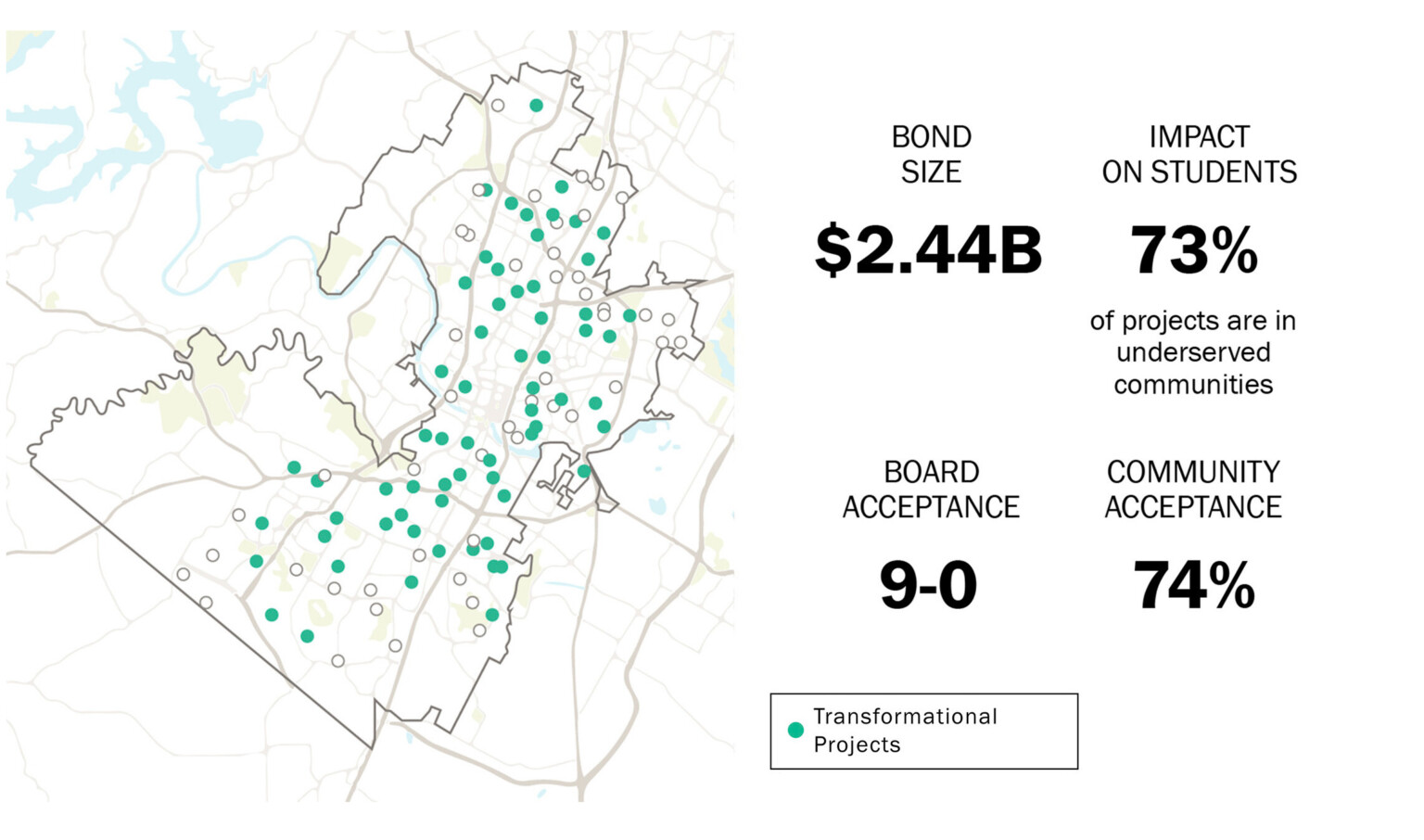
SACRAMENTO CITY USD CASE STUDY
Prioritizing through Equity
Sacramento City Unified School District is the 11th largest school district in California. It features a complex socioeconomic system that has led to inequalities and disparities across its 81 campuses. We co-created a comprehensive educational facilities plan with the district and community to establish a long-term, equity-driven vision for the district.
One of GIS’s most powerful strengths is bringing to light the intersections of school facilities, the students that attend them, and the neighborhood conditions that influence students and schools. Sacramento City USD’s educational facilities master plan illustrates the lasting and substantial impact that leveraging student and neighborhood data can have on our planning outcomes.
By triangulating GIS data that centered high segregation and poverty neighborhoods with enrollment data for historically underserved student groups, we prioritized nine schools meeting these criteria for transformative projects that would not have been identified in a traditional educational facilities plan.
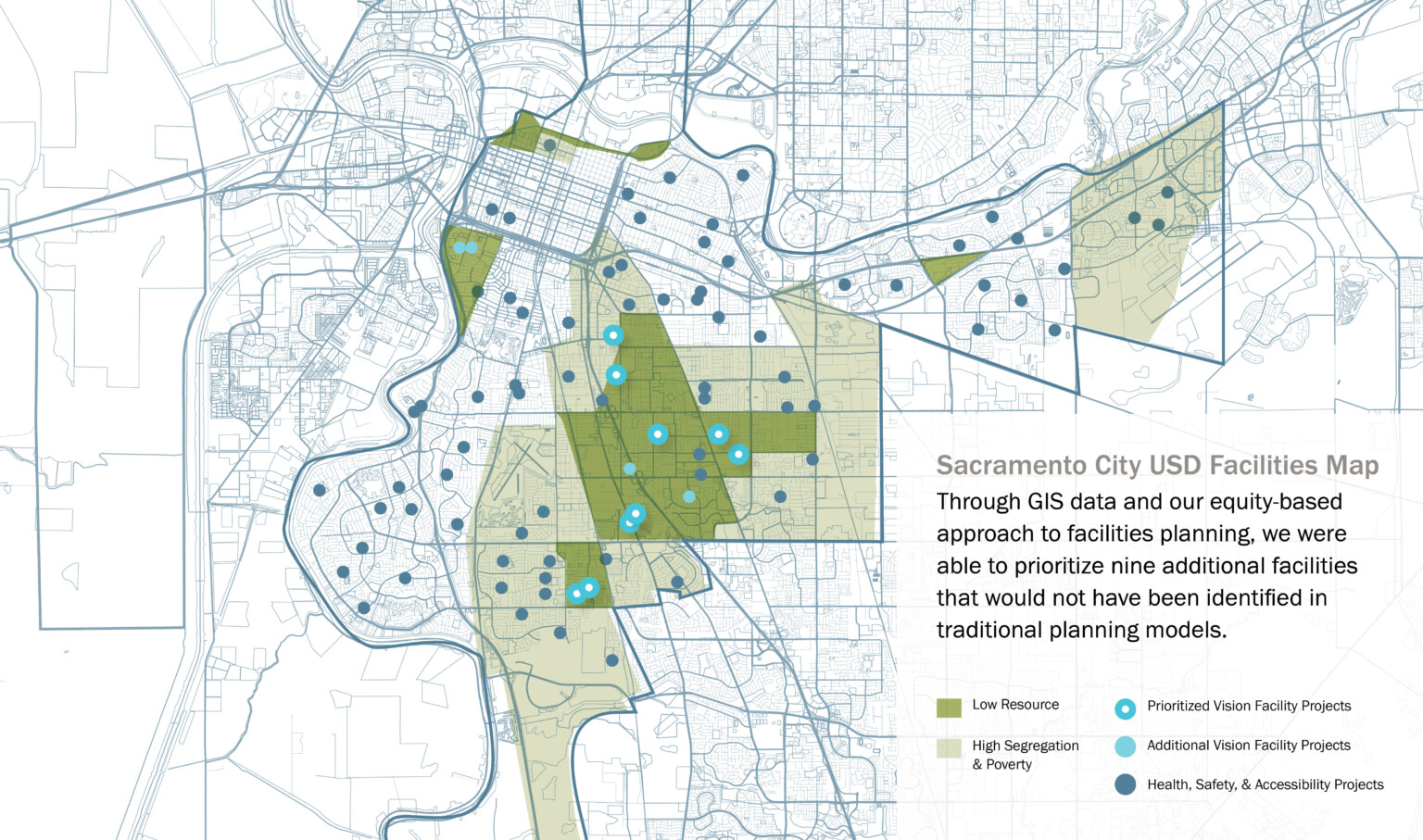
Looking Ahead
We are only beginning to see the impact an equity-based planning approach can have on students, schools, and neighborhoods. Systemic racism and vast inequalities in neighborhoods, especially in urban areas, have been perpetuated by traditional approaches to educational facilities planning.
While not always intentional, these traditional facilities transformation processes, like school closures and divestment from schools in these communities, have left many neighborhoods neglected and underserved. With an equity-based model for educational facilities planning that leverages GIS and collaborative engagement, we can begin to peel back the layers of these institutions to create a more equitable future for the communities we partner with.









